Home>diy>Building & Construction>How Does A Construction Loan Work To Build A House


Building & Construction
How Does A Construction Loan Work To Build A House
Modified: January 9, 2024
Discover how a construction loan works to build your dream house. Explore the step-by-step process and financing options for your building-construction project.
(Many of the links in this article redirect to a specific reviewed product. Your purchase of these products through affiliate links helps to generate commission for Storables.com, at no extra cost. Learn more)
Introduction
Building your dream home from scratch is an exciting prospect, but it can also be a daunting task. One of the crucial aspects of turning your vision into a reality is securing a construction loan. Understanding how a construction loan works is essential for anyone embarking on a home building project.
A construction loan is a specific type of loan that finances the construction of a new home. Unlike a traditional mortgage, which covers the purchase of an existing home, a construction loan provides funds to build a house from the ground up. It is a short-term loan that usually converts into a mortgage once construction is completed.
Building a house involves various stages, from acquiring the land to completing the final construction. A construction loan is designed to provide the necessary funds during each phase of the building process. This unique financing option allows homeowners to have more control over the construction timeline and budget.
In this article, we will explore the ins and outs of construction loans, from the application process to converting the loan into a mortgage. Understanding how construction loans work will empower you to navigate the building process confidently and achieve your dream home.
So, if you are ready to embark on the exciting journey of building your own home, let’s dive into how construction loans work and everything you need to know to make it a success.
Key Takeaways:
- Construction loans provide funding in stages, allowing for more control over the building process. Understanding the disbursement process and interest payments is crucial for managing costs and completing the project successfully.
- Securing a construction loan involves thorough planning, documentation, and meeting lender requirements. Open communication with the lender, contractor, and professionals is essential for a smooth loan experience.
Read more: How Does A Construction Loan Work
Understanding Construction Loans
Building a house requires a significant financial investment, and that’s where construction loans come into play. A construction loan is specifically tailored to meet the unique needs of financing a home construction project. Let’s take a closer look at how construction loans work and their key features.
Unlike a conventional mortgage, which provides the entire loan amount upfront, a construction loan is disbursed in stages or “draws” as the construction progresses. These draws are typically based on the completion of specific milestones or phases of the construction process. This payment structure allows the lender to ensure that the funds are being used for the intended purpose and that the project is progressing as planned.
Construction loans typically have a shorter term compared to traditional mortgages, usually ranging from six months to a year. During this time, the borrower pays interest only on the amount that has been disbursed. Once the construction is complete, the loan is typically converted into a permanent mortgage.
One of the key features of a construction loan is that the funds are not given all at once but rather in stages. This is known as a “draw schedule,” and it is determined based on the estimated timeline and cost of the construction project. Each draw is usually triggered by a certain percentage of completion or specific milestones, such as pouring the foundation or completing the framing.
Another important aspect of construction loans is that they are typically interest-only payments during the construction phase. This means that you only pay the interest on the amount that has been disbursed, rather than the principal amount. Once the construction is complete, the loan is converted into a traditional mortgage, and you begin making full payments that include both principal and interest.
It’s important to note that construction loans usually have higher interest rates compared to permanent mortgages. This is due to the increased risk associated with financing a construction project. However, the interest rates can vary depending on the lender, your creditworthiness, and other factors.
To qualify for a construction loan, you will need to provide detailed plans and specifications for the construction, as well as a realistic budget and a reputable contractor. The lender will evaluate your creditworthiness, income, and assets to determine your eligibility. Additionally, the lender may require further documentation, such as permits and licenses, to ensure that the project complies with local building codes and regulations.
In summary, construction loans are specialized loans designed to fund the construction of a new home. They are disbursed in stages based on the construction progress, have a shorter term, and typically require interest-only payments during the construction phase. Understanding the unique features of construction loans will help you navigate the financing process smoothly and build your dream home with confidence.
The Construction Loan Application Process
Applying for a construction loan requires careful preparation and thorough documentation. The lender needs to assess the feasibility and potential risks associated with your construction project. Let’s dive into the steps involved in the construction loan application process.
1. Research and Gather Information: Begin by researching lenders that offer construction loans and comparing their offerings. Understand the terms, interest rates, fees, and requirements of each lender. Gather all the necessary information, including your credit history, income details, and building plans.
2. Prequalification: Contact the lender to determine if you prequalify for a construction loan. They will evaluate your creditworthiness, income stability, and existing debt to determine your eligibility. Prequalification helps you understand the loan amount you qualify for and provides a sense of the interest rate and terms you can expect.
3. Documentation: Prepare the necessary documents to support your loan application. This typically includes your personal financial statements, tax returns, proof of income, building plans and specifications, construction cost estimates, and contractor details. Be prepared to provide any additional documentation requested by the lender.
4. Loan Application: Submit your loan application to the lender. Ensure that all the information provided is accurate and complete. The lender will review your application, credit history, and supporting documents to assess the viability of your project and your ability to repay the loan.
5. Appraisal and Feasibility Study: The lender may require an appraisal and feasibility study to evaluate the value of the property, construction costs, and potential market value of the completed home. This ensures that the loan amount aligns with the projected value of the property.
6. Loan Approval: If your application is approved, the lender will issue a commitment letter outlining the terms and conditions of the loan. Review the commitment letter carefully and seek clarification on any aspects that are unclear. Once you are satisfied with the terms, sign and return the commitment letter to the lender.
7. Loan Closing: Prior to closing, the lender may require additional documentation, such as building permits and contractor contracts. Prepare any outstanding documentation and schedule a loan closing appointment. During the closing, you will sign the loan documents and pay any applicable closing costs and fees.
8. Disbursement Process: Once the loan is closed, the lender will establish a disbursement process. This process outlines the conditions and milestones that need to be met for each draw. The lender will conduct inspections to verify the completion of each phase before disbursing the funds.
9. Communication and Updates: Throughout the construction process, maintain open communication with the lender. Provide updates on the project’s progress, and address any issues or delays promptly. This ensures a smooth disbursement process and avoids unnecessary complications.
10. Loan Conversion: Once the construction is complete, the loan will typically be converted into a traditional mortgage. The lender will conduct a final inspection to verify the completion of the project and determine the final appraised value. The loan will then transition into a permanent mortgage with regular principal and interest payments.
Navigating the construction loan application process requires careful planning, thorough documentation, and effective communication. By understanding the steps involved and being well-prepared, you can streamline the process and secure the necessary funds to build your dream home.
Determining the Loan Amount
Determining the loan amount for a construction loan is a crucial step in the process. The loan amount needs to cover the cost of building the house while accommodating the lender’s requirements and your financial capabilities. Let’s explore how the loan amount is determined and factors to consider.
1. Construction Budget: The first step in determining the loan amount is to create a comprehensive construction budget. This budget should outline all the costs associated with building your home, including land acquisition, permits, materials, labor, and other expenses. Be thorough and realistic when estimating the costs.
2. Cost Estimates: Obtain detailed cost estimates from contractors and suppliers for each component of the construction project. This includes materials, labor, and subcontractors. These estimates will help you identify the specific costs associated with each phase of the construction process.
3. Contingency Funds: It is essential to include contingency funds in your construction budget. Unexpected expenses and unforeseen challenges can arise during the building process. Typically, a contingency of 10-20% of the construction budget is advisable to account for these potential costs.
4. Loan-to-Cost Ratio: Lenders often use a loan-to-cost ratio to determine the maximum loan amount they are willing to provide. This ratio represents the percentage of the total construction costs that the lender is willing to finance. The exact ratio can vary depending on the lender, but it typically ranges from 80-90%.
5. Loan-to-Value Ratio: The loan-to-value (LTV) ratio is another important factor in determining the loan amount. The LTV ratio represents the percentage of the appraised value of the completed home that the lender is willing to finance. Lenders typically have a maximum LTV ratio, such as 80%, which means they will lend up to 80% of the appraised value.
6. Financial Capability: Lenders will also consider your financial capability when determining the loan amount. They will review your credit history, income, and debt-to-income ratio to assess your ability to repay the loan. The lender will want to ensure that the monthly mortgage payments and your existing debts are manageable within your income.
7. Down Payment: Construction loans usually require a down payment. The amount of the down payment can vary depending on factors such as your creditworthiness and the lender’s requirements. Typically, down payments range from 20-25% of the total construction costs.
8. Loan Limits: Keep in mind that there may be maximum loan limits imposed by the lender or regulatory authorities. These limits dictate the maximum amount the lender is willing to lend for a construction loan. Ensure that your loan amount falls within these limits.
When determining the loan amount, it is crucial to strike a balance between the costs of construction, the lender’s requirements, and your financial capabilities. Being thorough in estimating the construction budget and considering all the factors mentioned will help you determine a realistic loan amount that meets your needs.
Moreover, consulting with your lender and working with a reputable contractor can provide valuable insights and guidance in determining the appropriate loan amount for your construction project.
Securing the Construction Loan
Securing a construction loan is a critical step in turning your construction plans into reality. To successfully obtain a construction loan, you need to meet the lender’s requirements and provide the necessary documentation. Let’s explore the steps involved in securing a construction loan.
1. Have a Solid Construction Plan: Before approaching lenders, ensure that you have a well-developed construction plan in place. This includes detailed architectural designs, a clear timeline, and a comprehensive budget. Having a solid plan demonstrates your seriousness and preparedness to the lenders.
2. Research and Choose the Right Lender: Conduct thorough research to find lenders that specialize in construction loans. Compare their terms, interest rates, fees, and track records. Look for lenders with experience in financing construction projects and a reputation for reliability and transparency.
3. Meet Lender Requirements: Each lender may have specific requirements for construction loan applicants. These requirements typically include a good credit score, stable income, and a reasonable debt-to-income ratio. Review the lender’s criteria beforehand to understand if you meet their eligibility requirements.
4. Prepare Documentation: Prepare all the necessary documentation required by the lender. This includes personal financial statements, tax returns, proof of income, building plans and specifications, construction cost estimates, contractor details, and any additional documentation requested by the lender. Ensure that all documentation is accurate, complete, and up to date.
5. Loan Application Submission: Submit your loan application to the lender. Double-check that all forms are filled out correctly and all required documents are included. A complete and well-prepared application increases your chances of getting approved.
6. Loan Approval Process: The lender will review your application, credit history, financial documents, and the viability of your construction project. They may conduct an appraisal and feasibility study to assess the value and feasibility of the proposed construction. The timeline for loan approval can vary depending on the lender and the complexity of your project.
7. Closing the Loan: If your loan application is approved, the lender will issue a commitment letter detailing the terms and conditions of the loan. Review the commitment letter carefully and ask any questions before signing. Once you agree to the terms, you’ll proceed to the loan closing, where the necessary paperwork is signed, and any applicable fees and closing costs are paid.
8. Providing Collateral: Construction loans often require collateral, which can be the property itself, as well as any additional assets you offer as security. Be prepared to provide the necessary collateral as requested by the lender.
9. Managing Disbursement: Throughout the construction process, the lender will disburse funds in stages, based on the completion of specific milestones or draws. Communicate regularly with the lender to coordinate these disbursements, ensuring that the necessary inspections are conducted and the necessary documentation is submitted.
Securing a construction loan requires careful planning, thorough documentation, and meeting the lender’s requirements. By being prepared, demonstrating the viability of your construction project, and working closely with the lender, you can increase your chances of obtaining the construction loan you need to begin building your dream home.
When applying for a construction loan to build a house, be prepared to provide detailed plans, a realistic budget, and a timeline for completion. Lenders will want to see that you have a solid plan in place before approving the loan.
Read more: How Does A New Home Construction Loan Work
The Disbursement Process
The disbursement process is a crucial aspect of construction loans, as it ensures that the funds are distributed appropriately throughout the construction project. Understanding how the disbursement process works can help you effectively manage the financial aspect of your construction project. Let’s explore the key steps involved in the disbursement process.
1. Establishing a Draw Schedule: The draw schedule is a detailed plan that outlines the specific milestones or phases of the construction project at which funds will be disbursed. This schedule is established during the loan closing phase in collaboration with the lender. It serves as a roadmap for the disbursement process and helps ensure that funds are released at the appropriate stages.
2. Requesting a Draw: As each milestone or phase of the construction project is completed, you can submit a draw request to the lender. This request outlines the amount of funds needed to cover the expenses associated with the completed stage. The draw request typically includes supporting documentation, such as invoices, receipts, and progress reports from the contractor.
3. Lender Inspection: Upon receiving a draw request, the lender will conduct an inspection of the completed stage of the construction project. This is to verify that the work has been completed according to the plans and specifications set forth in the loan agreement. The inspection helps ensure that the funds are being used for their intended purpose.
4. Fund Disbursement: Once the lender confirms that the completed stage meets the necessary requirements, they will approve the draw request and disburse the funds. The disbursement can be made either directly to the builder or to an escrow account established for the construction project. The funds are typically released within a specific timeframe, as outlined in the loan agreement.
5. Repeat the Process: The disbursement process continues throughout the construction project, following the established draw schedule. Each time a milestone or stage is completed, you can submit a draw request, undergo an inspection, and receive the necessary funds. It is important to maintain open communication with the lender and provide any additional documentation or clarifications that may be required.
6. Managing Contingency Funds: During the disbursement process, it is important to keep track of the remaining contingency funds. If unexpected expenses arise or changes in the construction plans occur, you may need to adjust your draw requests and allocate funds from the contingency to cover these costs. Transparency and clear communication with the lender regarding any changes or adjustments are key.
7. Project Management and Monitoring: As the disbursement process progresses, it is essential to monitor the construction project’s progress and manage the financial aspects effectively. Regular communication with the lender, contractor, and other professionals involved in the project can help ensure that the disbursement process aligns with the construction timeline and budget.
By understanding and engaging in the disbursement process, you can ensure that the funds are disbursed appropriately throughout the construction project. Effective management of the disbursement process contributes to the successful completion of your home construction and helps maintain financial accountability throughout the project.
Paying Interest on the Construction Loan
When it comes to construction loans, one key aspect to consider is the interest that accrues during the construction phase. Unlike traditional mortgages, where you begin paying principal and interest immediately, construction loans typically require borrowers to pay only the interest during the construction period. Let’s delve into how interest payments work for construction loans.
1. Interest-Only Payments: During the construction phase, lenders usually require borrowers to make interest-only payments on the funds that have been disbursed. This means that you are only responsible for paying the interest charges on the portion of the loan that has been used. This payment structure allows you to focus on the construction process without the burden of paying off the principal amount.
2. Accrued Interest: The interest on the construction loan accrues from the date of each disbursement. This means that as funds are disbursed at different stages of the construction project, interest begins to accumulate on the amount that has been drawn. It’s important to keep track of the disbursements and the associated interest accrued to manage your loan effectively.
3. Monthly Interest Payments: Lenders typically require monthly interest payments during the construction phase. The interest payment is based on the outstanding balance of the loan, which increases as more funds are disbursed. The lender will provide you with a statement or invoice indicating the amount of interest due each month. Ensure that these payments are made on time to maintain a good relationship with the lender.
4. Interest Rate and Calculation: The interest rate for a construction loan is usually higher than that of a traditional mortgage. The exact interest rate can vary depending on factors such as the lender, loan amount, loan term, creditworthiness, and prevailing market conditions. The lender will explain how the interest rate is calculated and provide the necessary information to help you understand your interest obligations.
5. Controlling Interest Costs: Since interest accrues from the time of disbursement, it’s crucial to manage the construction timeline efficiently to minimize interest costs. Delays in construction may result in prolonged interest payments, increasing the overall cost of the loan. Working closely with your contractor and regularly monitoring the project’s progress can help ensure that the construction stays on track and mitigates unnecessary interest expenses.
6. Transition to Permanent Mortgage: Once the construction phase is complete, the construction loan typically converts into a permanent mortgage. At this stage, the borrower begins making regular monthly payments that include both principal and interest. The interest rate and terms may be renegotiated during the conversion process, depending on current market conditions and the borrower’s financial situation.
Paying interest on a construction loan is an important part of managing the financing of your construction project. Understanding the interest payment structure and diligently making monthly payments will help you manage your loan effectively. By staying on top of the interest costs and collaborating closely with your lender, you can successfully navigate the construction phase and transition smoothly to a permanent mortgage.
Converting the Construction Loan to a Mortgage
After the completion of the construction phase, it’s time to transition your construction loan into a permanent mortgage. Converting the construction loan to a mortgage involves certain steps and considerations. Let’s explore the process of converting the construction loan to a mortgage:
1. Final Inspection: Before converting the loan, the lender will conduct a final inspection of the completed property. This inspection ensures that the construction has been completed according to the plans and specifications outlined in the loan agreement. It also confirms that all necessary permits and inspections have been obtained.
2. Appraisal: After the final inspection, the lender will order an appraisal to determine the current market value of the property. The appraised value plays a crucial role in determining the loan amount for the permanent mortgage. The lender will consider the appraised value along with other factors such as your creditworthiness and financial situation.
3. Refinancing or Modification: Depending on the terms of your construction loan, you may need to refinance the loan or modify the existing loan to convert it into a permanent mortgage. This process involves submitting a new loan application and going through the necessary underwriting and approval procedures. Alternatively, some construction loans have a built-in conversion feature that allows for a seamless transition.
4. Interest Rate and Terms: When converting the construction loan to a mortgage, the interest rate and terms may be renegotiated. This is an opportunity to secure favorable rates and terms based on the current market conditions and your financial situation. Meet with your lender to discuss the available options and choose the terms that best fit your needs.
5. Completion of Loan Documents: As with any mortgage, there will be documents to sign during the loan conversion process. These may include a new promissory note, a mortgage or deed of trust, and other disclosure and closing documents. Read these documents carefully and seek clarification on any terms or conditions that are not clear to you.
6. Loan Servicing: After the conversion, your loan will enter the servicing phase. Loan servicing involves making regular monthly payments, managing escrow accounts for property taxes and insurance, and communicating with the loan servicer for any inquiries or issues. Stay organized and keep track of your mortgage payments to ensure a smooth loan servicing experience.
7. Manage Mortgage Payments: Once the construction loan has been converted to a mortgage, you will start making regular monthly mortgage payments that include both principal and interest. Ensure that you budget accordingly and make timely payments to maintain a good payment history.
Converting the construction loan to a mortgage marks the final step in the journey of building your dream home. By working closely with your lender, reviewing the loan terms, and understanding the process, you can navigate the conversion smoothly and enjoy the benefits of owning your own home.
Conclusion
Building a house from the ground up is an exciting and fulfilling endeavor. Understanding how construction loans work is essential for anyone embarking on this journey. Throughout this article, we’ve explored the various aspects of construction loans, from the application process to the disbursement of funds and converting the loan to a mortgage.
Securing a construction loan requires careful planning, documentation, and meeting the lender’s requirements. Researching and selecting the right lender, along with having a solid construction plan, lays the foundation for a successful loan application. The disbursement process ensures that funds are released at the appropriate stages of construction, enabling you to manage the financial aspect of your project effectively.
Paying interest on the construction loan, which typically consists of interest-only payments during the construction phase, helps you focus on completing the construction while managing costs. And, when the construction is complete, converting the construction loan to a mortgage allows you to enjoy the comfort of permanent financing for your newly built home.
As you navigate the construction loan process, remember to communicate openly with your lender, contractor, and other professionals involved in the project. Regular updates, transparency, and careful financial management are key to a smooth loan experience.
Keep in mind that every construction project is unique, and it’s important to work with professionals who understand your vision and can guide you through the process. Collaborating with a reputable contractor, architect, and lender ensures that your construction journey is successful.
Building your dream home is an exciting and rewarding experience, and construction loans provide the necessary financing to bring your vision to life. With a solid plan, thorough documentation, and a clear understanding of the loan process, you can confidently embark on your home-building adventure. So, take the time to research, plan, and work closely with your lender to secure the construction loan that will make your dream home a reality.
Frequently Asked Questions about How Does A Construction Loan Work To Build A House
Was this page helpful?
At Storables.com, we guarantee accurate and reliable information. Our content, validated by Expert Board Contributors, is crafted following stringent Editorial Policies. We're committed to providing you with well-researched, expert-backed insights for all your informational needs.
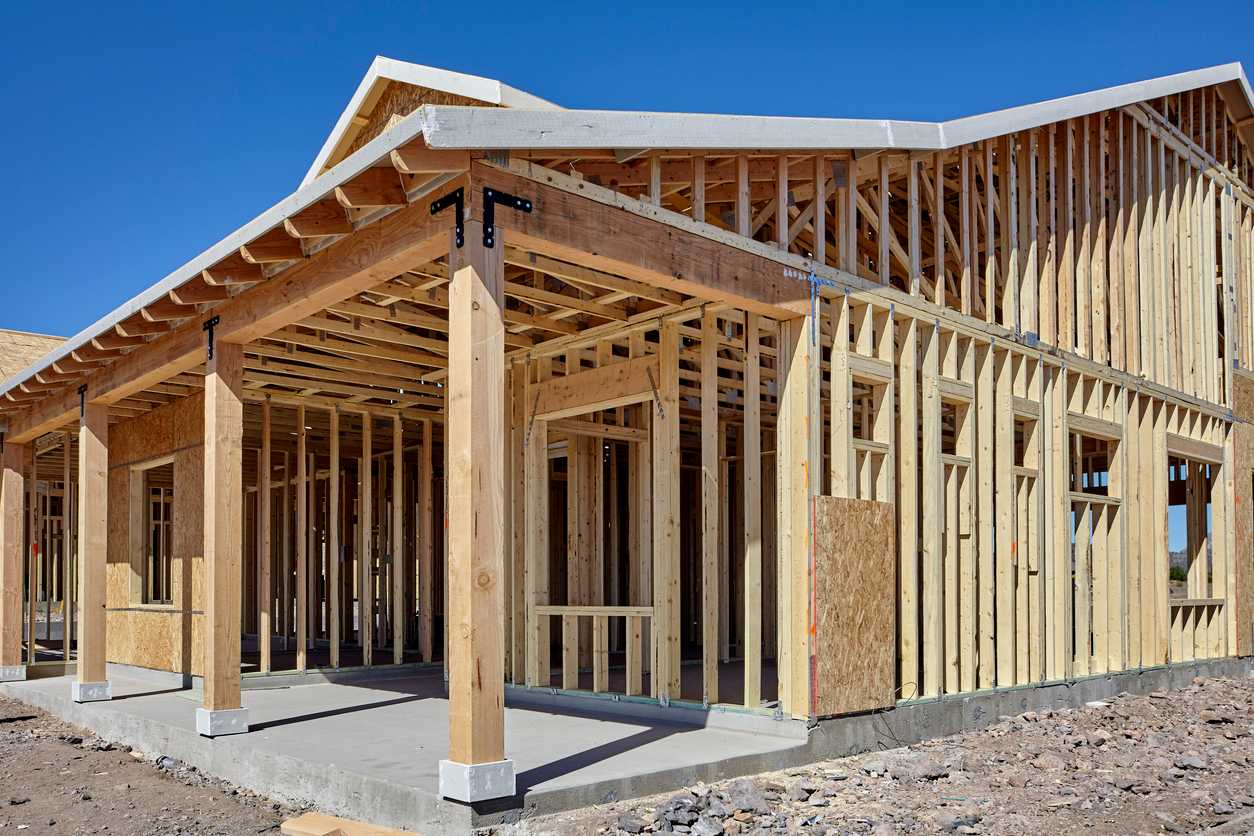
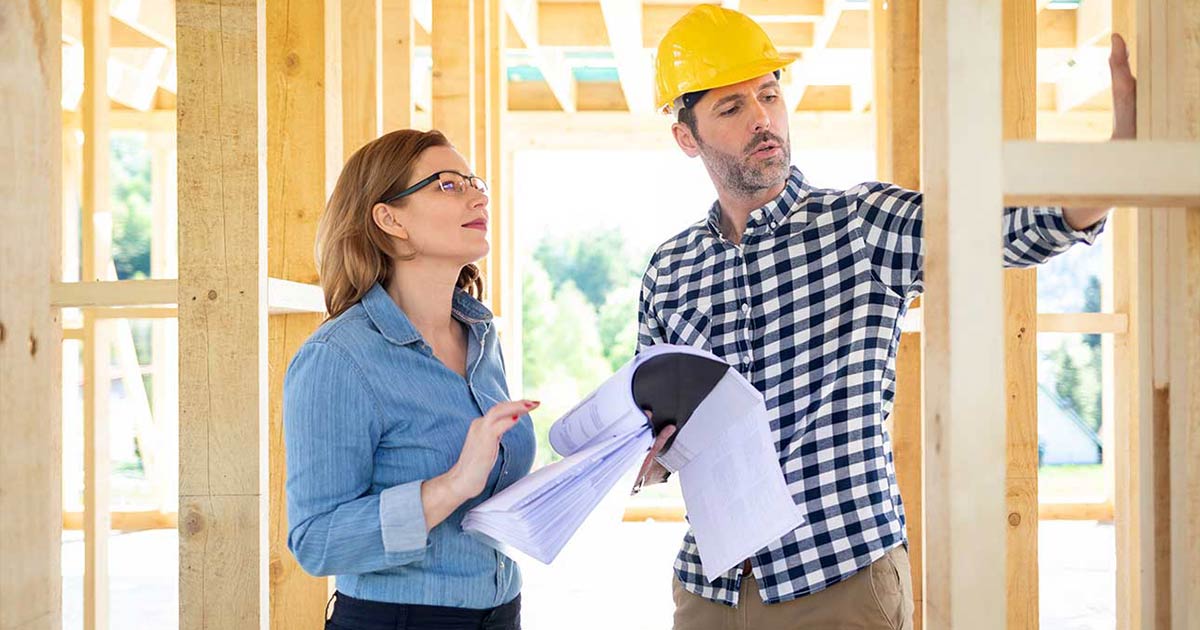
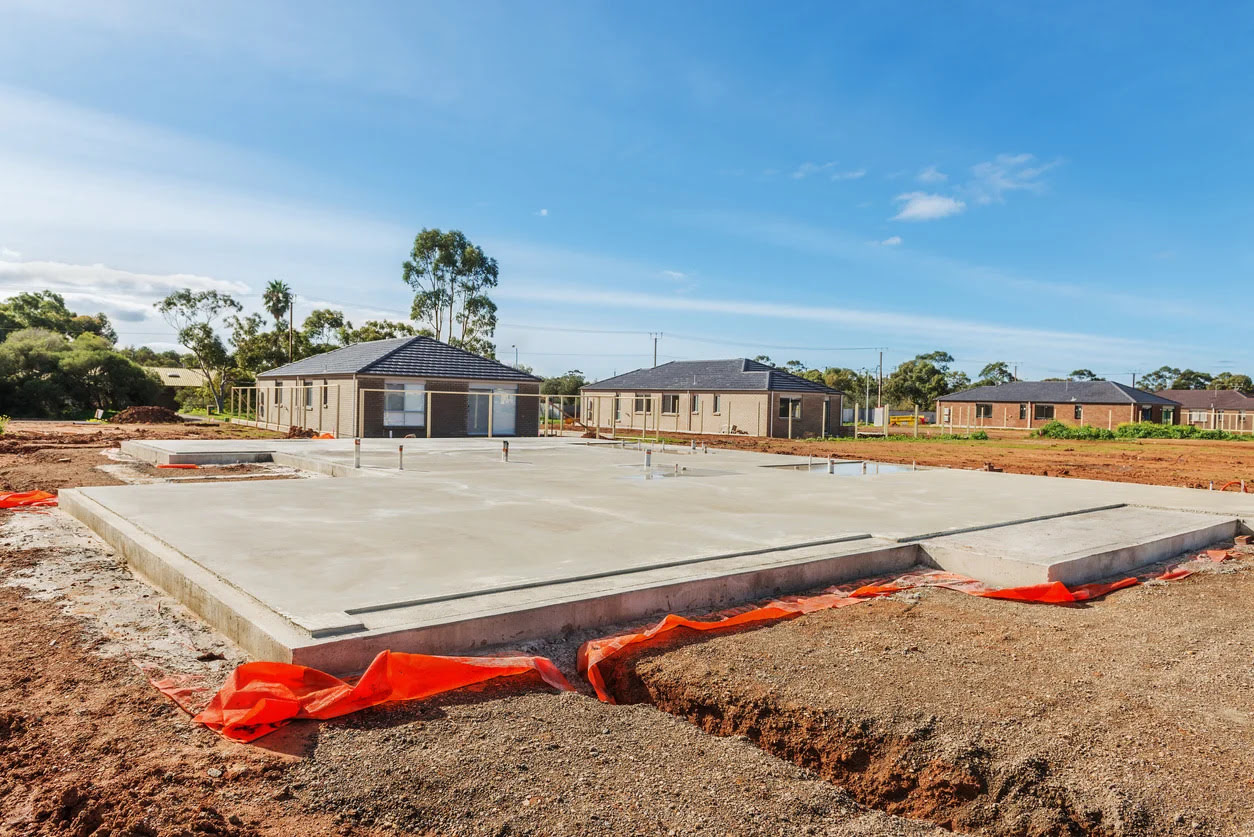




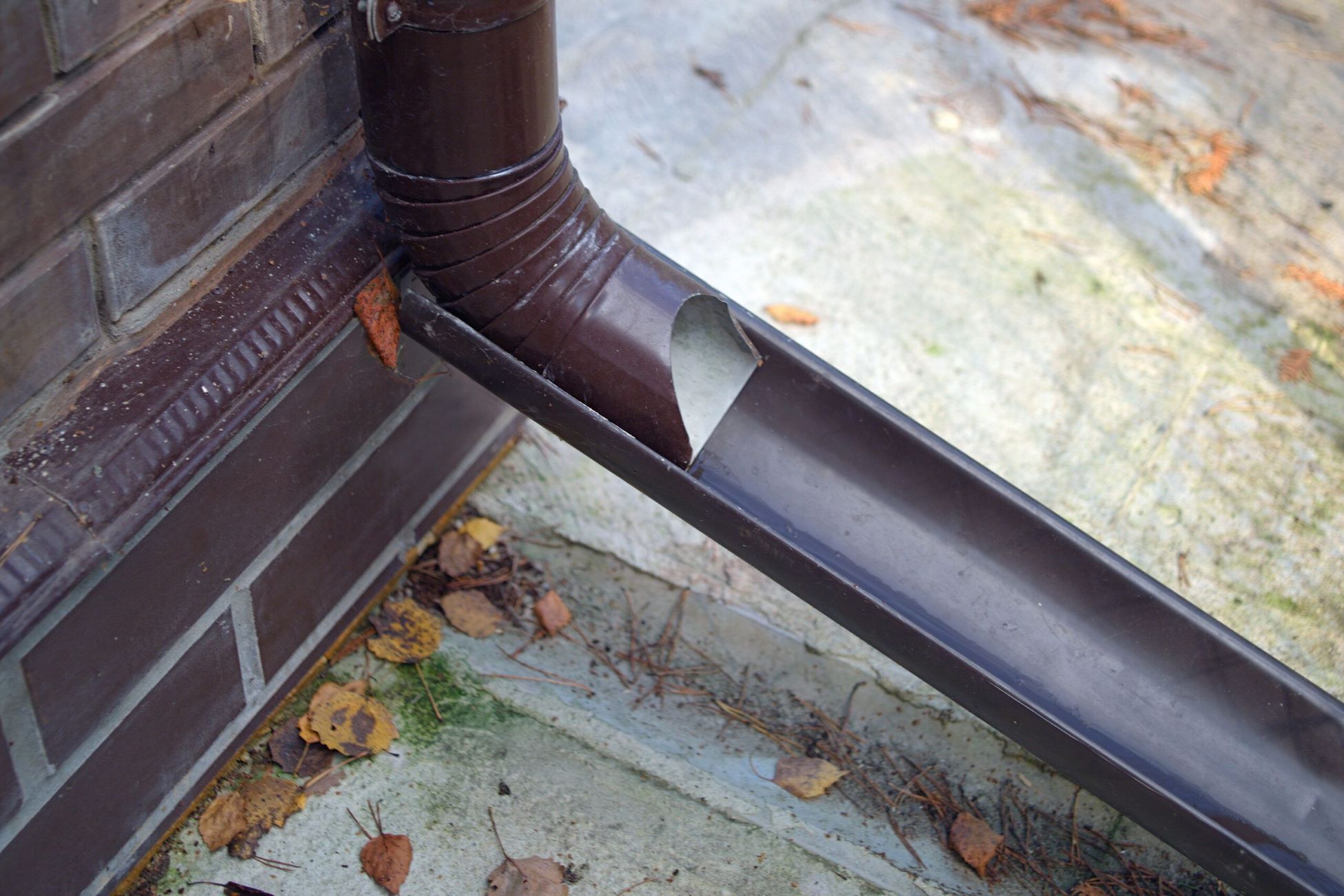
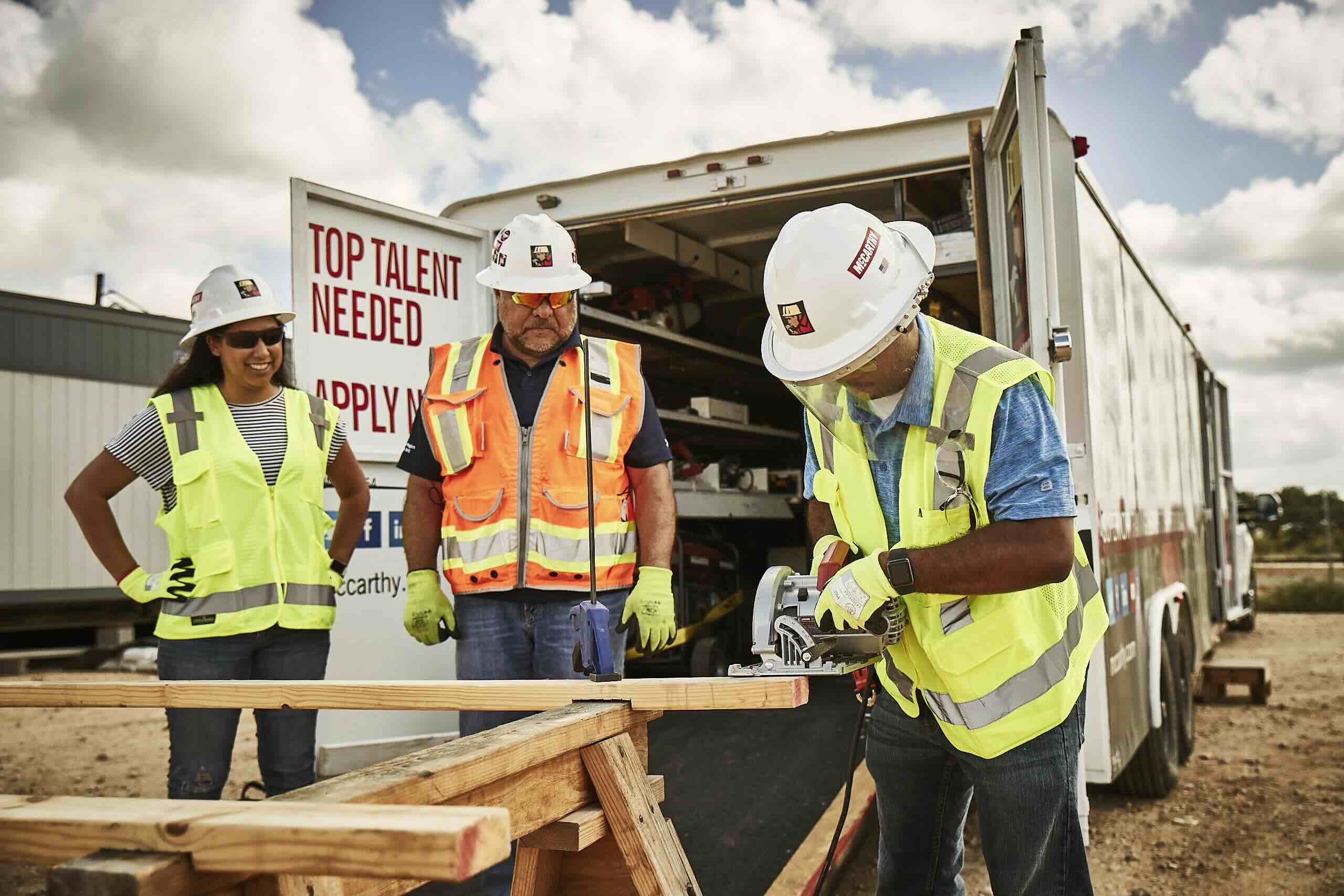
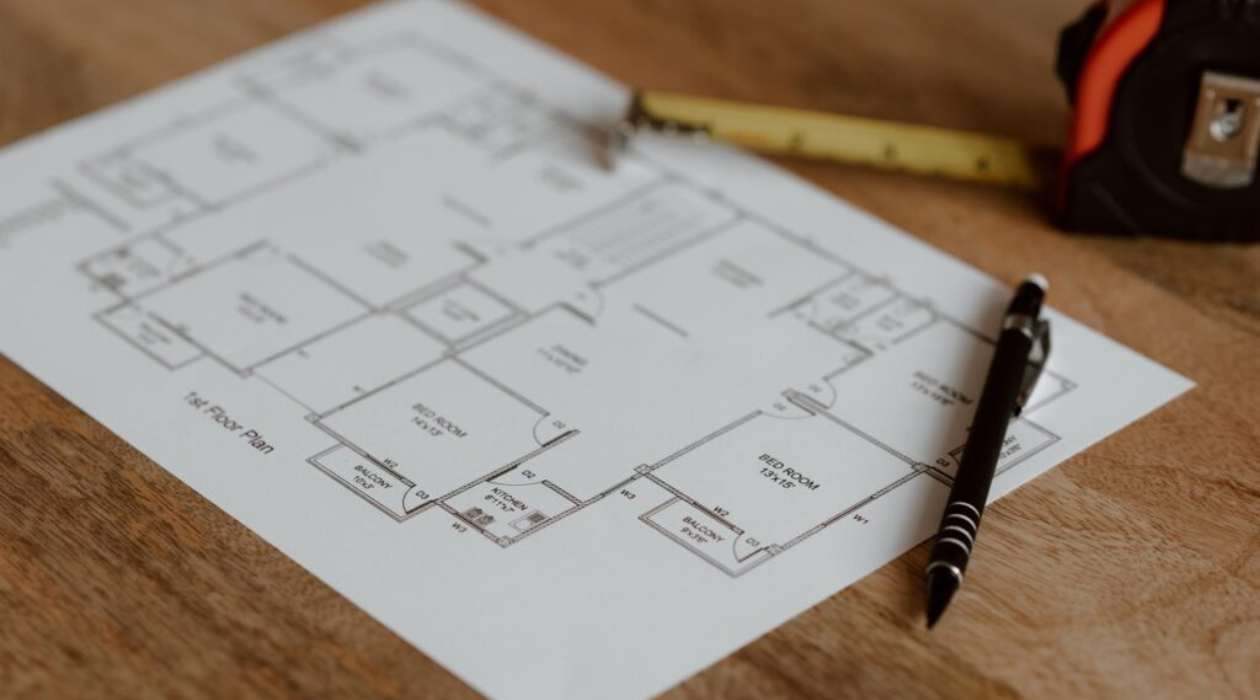

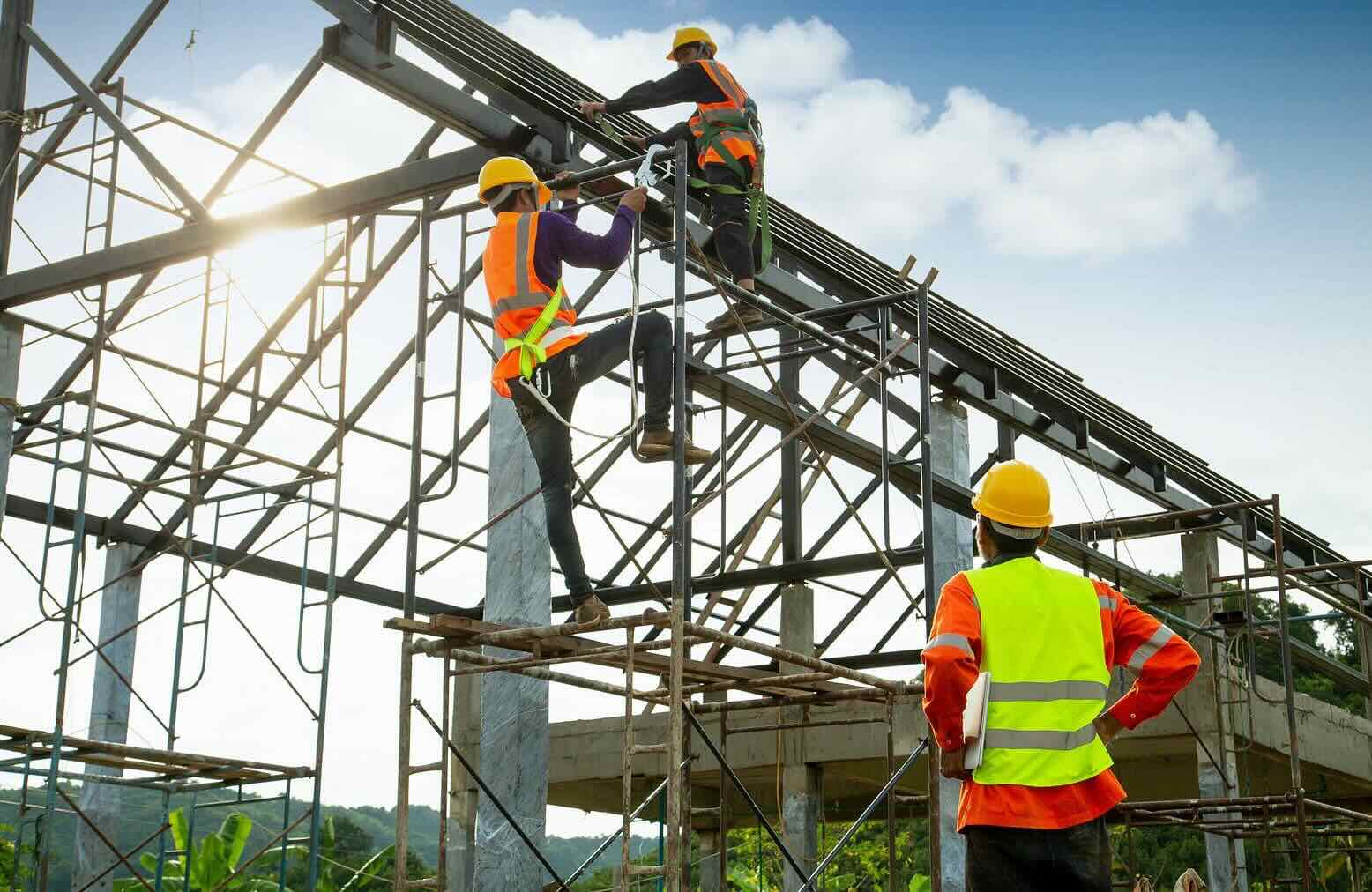

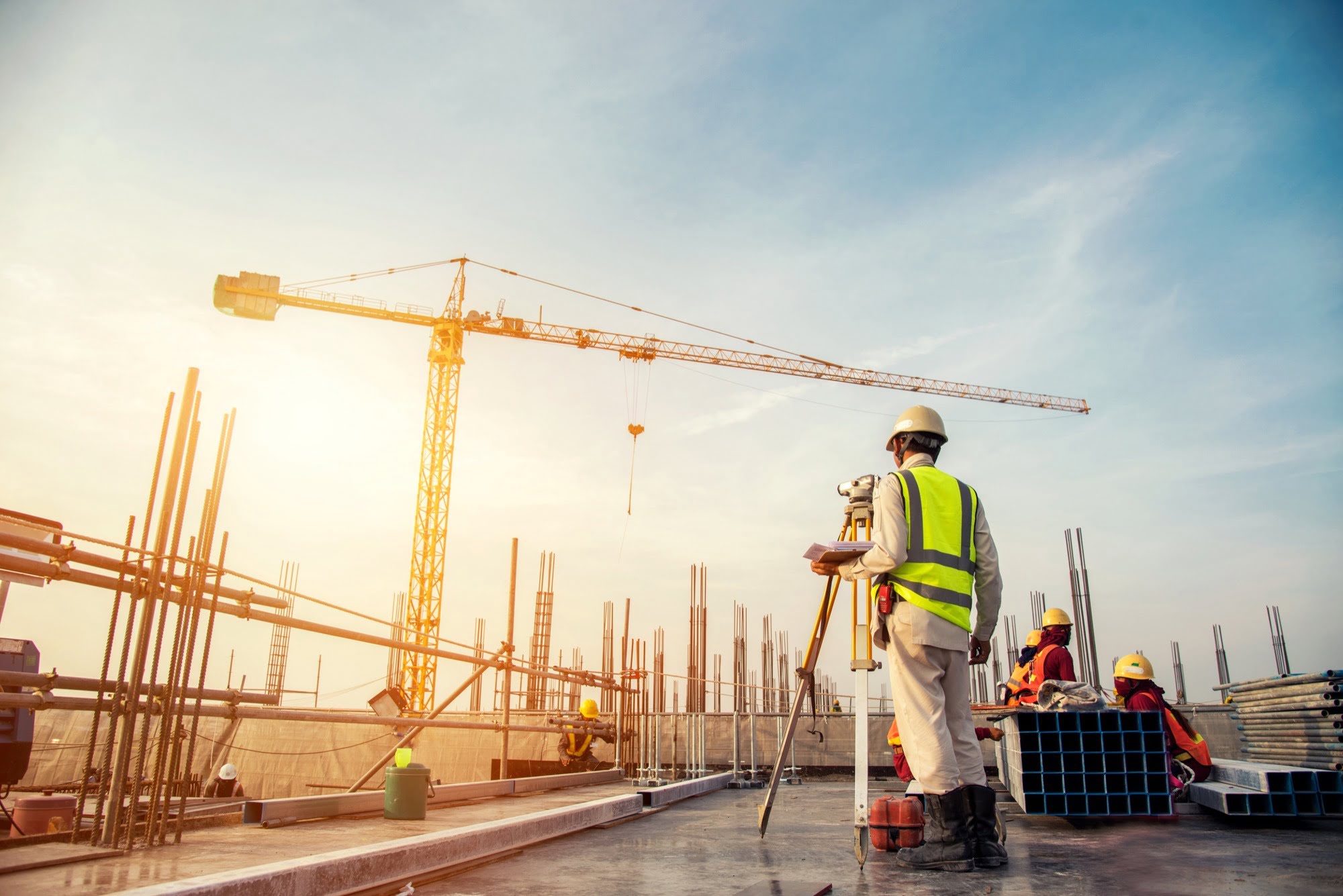

0 thoughts on “How Does A Construction Loan Work To Build A House”